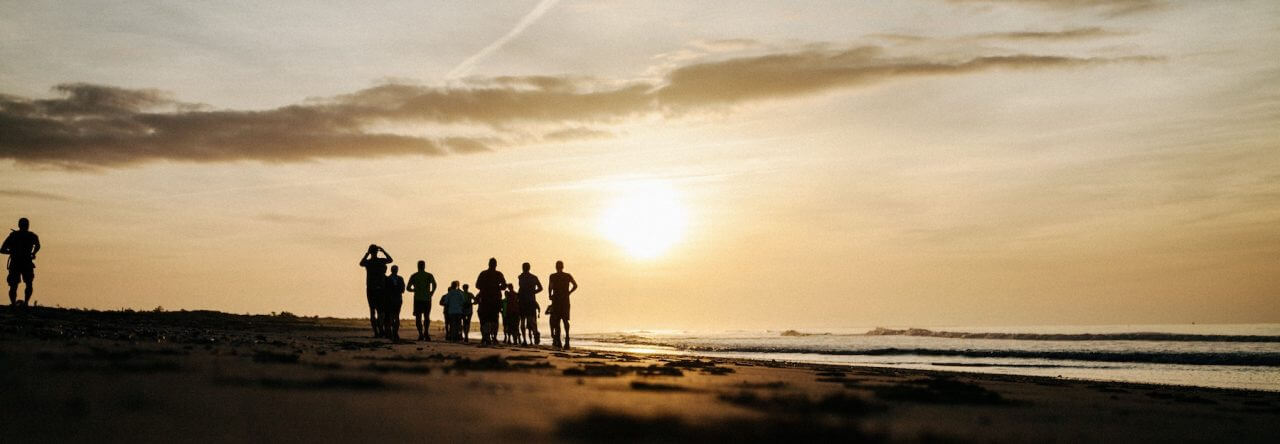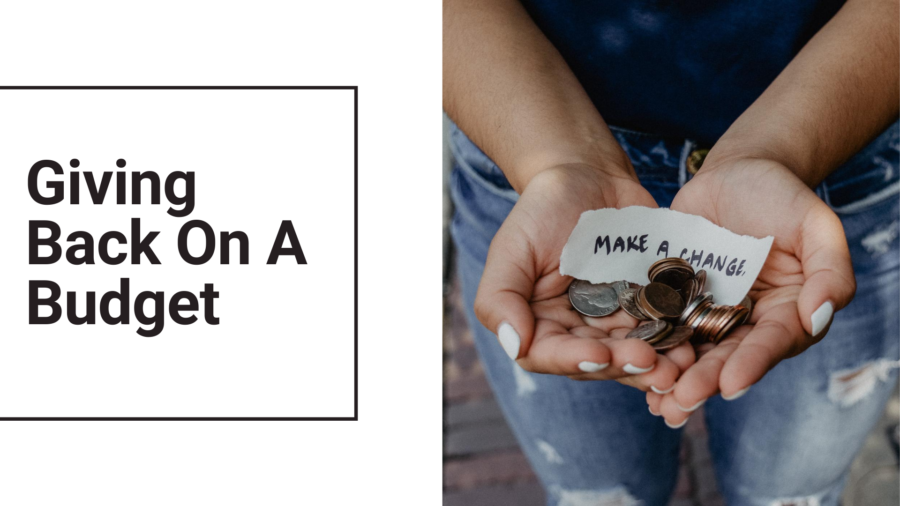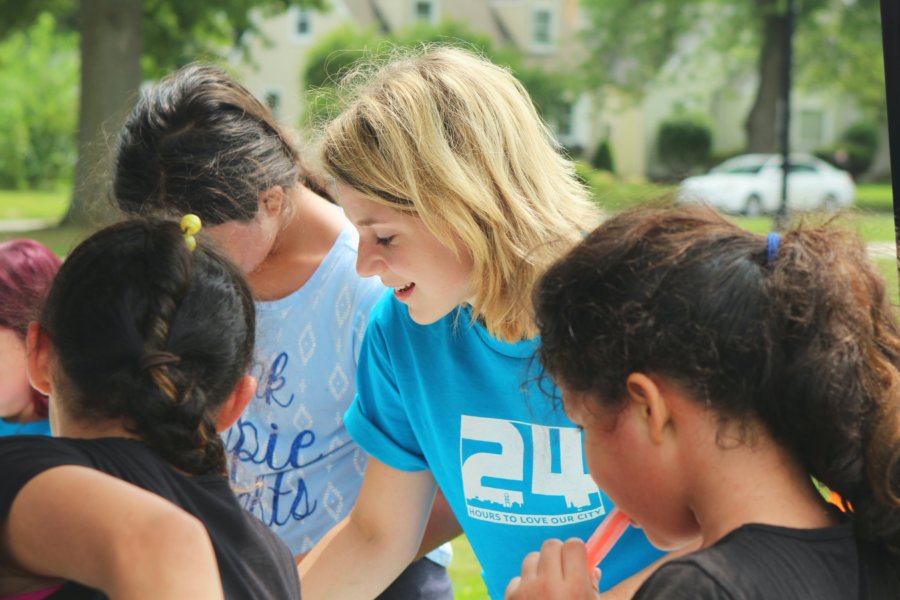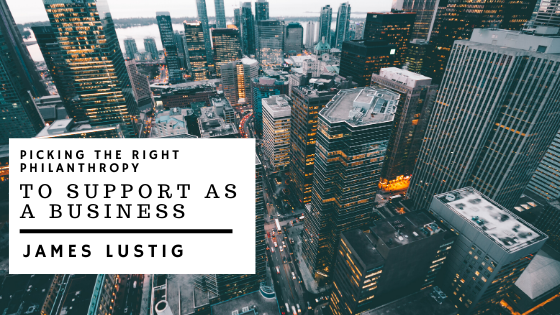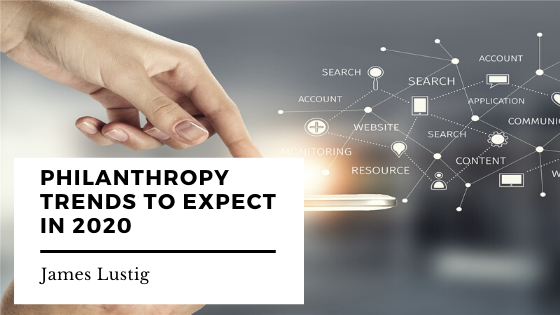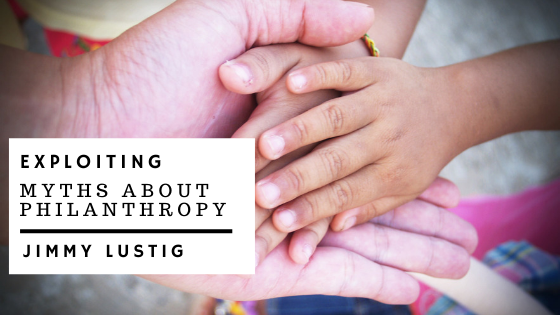While it’s admirable to want to donate to groups of people in need, sometimes it’s just not within our budget. Depending on your situation, you could be in a lot of debt due to school, or maybe you have a family you must support. Whatever it is, you, unfortunately, don’t know how to give back to those in more need than yourself. You’d be surprised, but many people have managed to find new ways to give back to their community without having to break the bank. If you’re on a budget but want to give back to your community, read on.
Donate Used Goods
Donations don’t always have to be in the form of money. If you’re like most people, chances are you have older and slightly used clothing and other items that you don’t use any longer just sitting in storage somewhere. If you’re truly never going to use these items, you should donate them! Most organizations are happy to take nonfinancial donations such as nonperishable food items, clothing, old toys, and much more. This is a great way to give back while also freeing up some of your own space by getting rid of things that are just hiding in a closet somewhere anyway.
Volunteer
If you can’t volunteer your money, volunteer your time! Most nonprofit organizations need help with their daily operations or when they’re throwing events and the like, so see if you can help out in that department. You can often find opportunities in schools, hospitals, food pantries, libraries, and much more. Think about things you care about and where volunteering would mean the most for you, and look up groups in your area on the internet that work toward those causes. You can even volunteer by asking neighbors if they need help to mow their grass or doing their grocery shopping.
Purchase Wisely
You have a lot of power over how you spend your money and the way you use that power can actually be a way of giving back. For example, you can give back to your community by purchasing from local businesses. This is an especially great way to give back after events such as natural disasters. If you’re going to be making purchases from bigger corporations, try to buy from the ones that do a one-for-one business model where they will donate something based on every sale they make. This encourages sales and helps a good cause.
